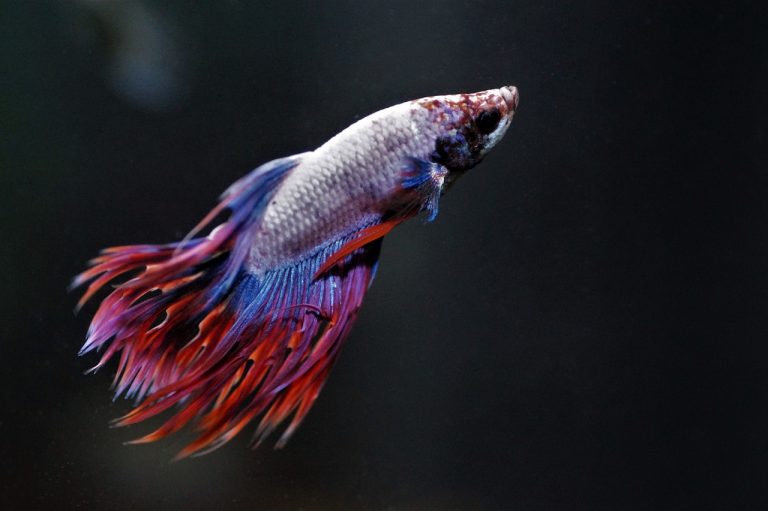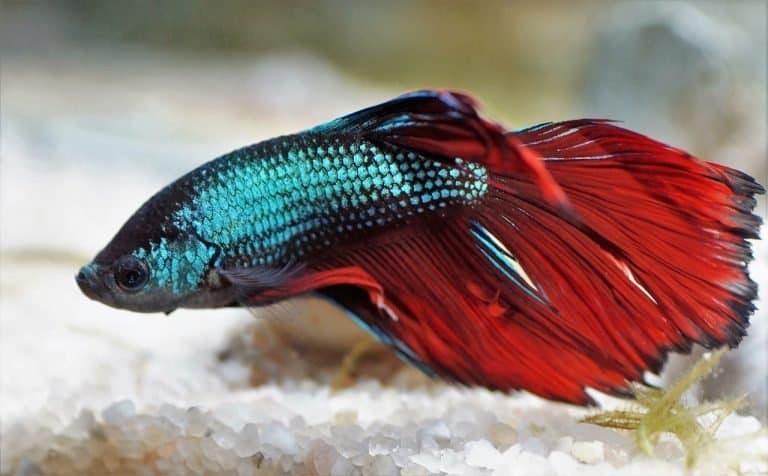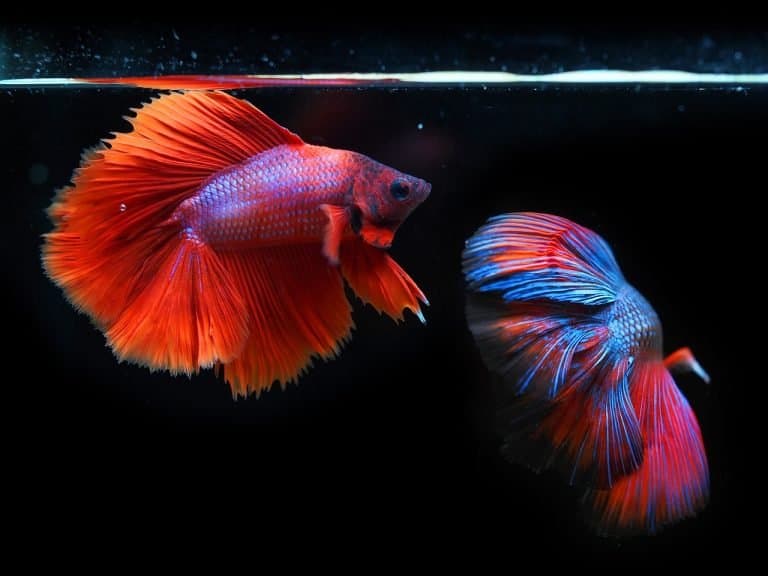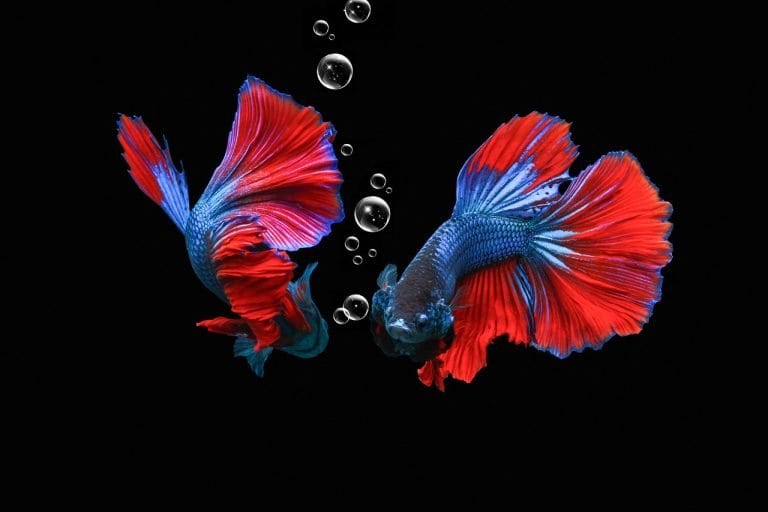In the intricate tapestry of aquatic life, the betta fish emerges as an emblem of independence. Esteemed for its vibrant colors and dynamic fins, this creature embodies a preference for solitary existence that intrigues aquarists and symbolizes the allure of autonomy.
‘The Solitary Swimmer: Why Betta Fish Prefer to Be Alone’ delves into the intrinsic behaviors and environmental requisites that underpin the betta’s reclusive nature. It examines the species’ territorial instincts, the nuances of their mating rituals, and the stress of social interaction that often necessitates their isolation.
Through a comprehensive analysis, this exploration provides insights into creating an ideal habitat that respects the betta’s inherent need for freedom and self-reliance, reflecting the desires of those who themselves seek the liberty of solitude.
Key Takeaways
- Betta fish exhibit a preference for solitary living due to territorial instincts.
- Encroachments on their perceived territory result in displays of dominance and immediate hostility.
- Betta fish engage in intricate mating rituals that require brief social interaction but lack long-term pair bonding.
- Providing individual space for betta fish reduces stress and promotes their overall well-being and health.
Understanding Betta Behavior
Many Betta fish exhibit a strong preference for solitary living due to their territorial instincts. This behavioral pattern is an evolutionary adaptation that minimizes conflict and resource competition.
Betta intelligence is evident in their ability to recognize and respond to various aggression triggers in their environment. These triggers typically include the presence of another Betta, particularly males, or similar-sized fish that might impinge upon their perceived territory.
Detailed observations have shown that Betta fish react to encroachments with displays of vibrant fin extension, intensified coloration, and gill flaring—a sequence of behaviors aimed at asserting dominance.
In the context of captive environments, providing individual space for Betta fish aligns with their instinctual drive for autonomy, thereby reducing stress and promoting wellbeing.
Territorial Instincts Explained
Betta fish demonstrate pronounced territorial instincts, a characteristic that drives their preference for solitude and aggressive reactions to space infringements. These solitary creatures have evolved to fiercely protect their territory, an area they associate with survival and reproductive opportunities. The display of aggression is not merely a whimsical show of dominance but a deeply ingrained survival mechanism.
- Aggression triggers: Visual stimuli of another male or trespass into their territory prompt immediate hostility.
- Space dominance: Betta fish establish and patrol a specific area, attacking intruders to maintain control.
- Resource protection: Territoriality ensures access to food and nesting sites without competition.
- Reproductive strategy: Males protect their space to attract females for breeding.
- Stress response: Encroachment can lead to heightened stress levels, affecting their health and wellbeing.
Mating Rituals and Solitude
Despite their preference for isolation, betta fish engage in intricate mating rituals that necessitate brief periods of social interaction. These interactions are devoid of long-term pair bonding and are characterized by a distinct sequence of displays and movements. Male bettas, known for their vibrant plumage and gender aggression, initiate the ritual by constructing bubble nests to attract females.
Upon encountering a potential mate, the male exhibits a complex dance intended to demonstrate his vigor and suitability. The female’s acceptance triggers a temporary suspension of solitary behavior as the pair engages in a fertilization process known as the ‘nuptial embrace.’ After the eggs are laid and fertilized, the female is promptly driven away, reestablishing the male’s territorial solitude.
This cycle underscores the bettas’ fundamental need for autonomy, except during the critical window for species propagation.
Ideal Habitat Conditions
One must carefully consider water temperature, pH levels, and space when creating an optimal environment for the solitary betta fish. These creatures thrive in conditions that mimic their natural habitats—shallow, warm waters of Southeast Asia. Precision in monitoring water parameters is crucial for their health and well-being.
Adequate tank decoration not only provides aesthetic value but also serves functional purposes, offering the betta necessary hiding spaces and territorial landmarks.
- Water Temperature: Maintain between 76°F and 81°F for optimal metabolic function.
- pH Levels: A slightly acidic to neutral range of 6.5 to 7.5 is ideal.
- Ammonia and Nitrites: Keep at undetectable levels; nitrates should be below 20 ppm.
- Tank Size: Minimum of 5 gallons to ensure sufficient swimming space and water quality stability.
- Tank Decoration: Include plants and caves to provide enrichment and mimic natural hiding spots.
Social Interaction and Stress
A majority of betta fish exhibit heightened stress levels when housed with other fish, underscoring their preference for solitary living. Unlike species that thrive in groups, betta fish lack complex schooling dynamics and are predisposed to aggression triggers. These triggers include competition for resources and territorial disputes, which can lead to chronic stress—a detriment to their well-being.
| Factor | Impact on Betta Fish |
|---|---|
| Presence of Other Fish | Increases stress and aggression |
| Competition for Resources | Heightens territorial behavior |
| Aggression Triggers | Leads to chronic stress |
| Lack of Schooling Dynamics | Limits social interaction benefits |
| Solitary Environment | Reduces stress, promotes health |
In light of these findings, it is paramount for enthusiasts who value the freedom and well-being of their betta fish to respect their intrinsic need for solitude.





